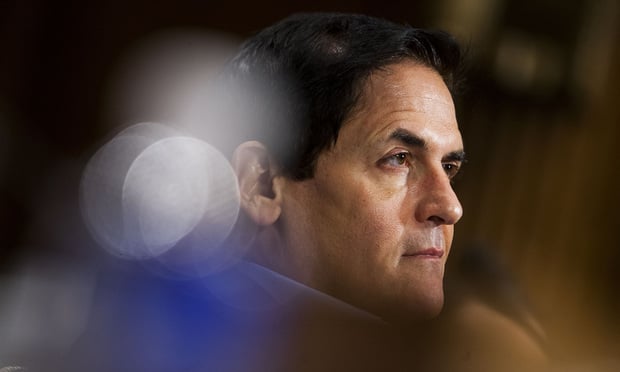 Examples of common hazardous activities and hobbies include skydiving, bungee jumping, automobile racing, and travel to countries with advisory warnings. (Photo: Shutterstock)
Examples of common hazardous activities and hobbies include skydiving, bungee jumping, automobile racing, and travel to countries with advisory warnings. (Photo: Shutterstock)
In recent weeks, many states have created plans to slowly reopen the economy. In addition to re-opening business in phases, these plans also include modifying or eliminating certain social distancing requirements as well as "stay home" or "shelter in place" orders.
Not surprisingly, domestic and foreign travel has been at an all-time low over the last several months due to the vast array of "stay at home" orders and almost universally closed borders. Additionally, many employers in the United States created company policies either significantly reducing or banning business travel. As states and foreign nations begin to reopen and relax travel bans and border closures, travel for business and leisure is likely to increase.
Related: Crucial issues to consider when evaluating your company's business travel insurance program
Employers across the country have had to scramble to evaluate and adjust business procedures, including difficult decisions to lay off and furlough employees. Employers with self-funded health plans have also had to make quick changes to their Summary Plan Descriptions and Plan Documents ("SPD/PDs") and other plan materials to address coverage for employees during layoffs, furloughs, and other leaves of absence and to address regulatory changes requiring the coverage of COVID-19 testing.
At the onset of the COVID-19 pandemic, many employers and plans were concerned about how costly coverage of COVID-19 testing and treatment would be–and that now proves to be just the tip of the iceberg. Not only does a plan have to be concerned about participants contracting COVID-19 while at work, but also contracting COVID-19 while going about their daily lives. Self-funded health plans have flexibility when determining their plan exclusions, but what is the extent of that flexibility and what limitations are reasonable to begin with?
In light of the reopening of states and foreign nations, questions have arisen as to whether or not a self-funded plan could limit its exposure and consider travel to a "hotspot" or "high risk" area inside and outside the United States as a "hazardous activity or hobby."
A "hazardous activity or hobby" is generally defined and determined by the text of the SPD/PD exclusion, and this definition outlines the exclusion's applicability in combination with the particular facts and circumstances for the particular claims, using the plan administrator's discretionary authority. Examples of common hazardous activities and hobbies include skydiving, bungee jumping, automobile racing, and travel to countries with advisory warnings. But what happens when the world is one big advisory warning?
While excluding claims resulting from travel to areas that have been hardest hit by COVID-19 essentially follows the rationale behind hazardous activity exclusions (in that the plan should not be held responsible for claims incurred because the participant voluntarily put themselves at unreasonable risk of harm), in this context, the practical issues with administering an exclusion are troubling.
Medical experts are attempting to gather and analyze data as quickly as they can; however, the medical community still has more questions than answers. The main challenge to applying a hazardous activity exclusion to COVID-19 (and similar viruses) is that it will rarely be possible to definitively determine where an individual contracted the disease – be it at their local grocery store or when they flew to Florida to visit family. The timing would also be difficult to determine as individuals could have been infected prior to travel and may not show symptoms for several weeks after infection.
As data and tracking have shown, the virus is essentially everywhere. If containment had occurred, enforcement of an exclusion based on geographic lines could have been more feasible. For example, in a situation where the virus only existed in one state, and a participant contracted it after traveling to that state, the potential causation link may be much easier to establish. The present situation does not provide such clear causal links however, and it's uncertain whether it will or could in the future.
Without a causal link to establish definitively where or when an individual was exposed to the virus, enforcement of a hazardous activity or hobby exclusion due to voluntary travel bears a high risk of being deemed arbitrary. Arbitrary decisions are not easily defended on appeal or in a court of law. As always, the situation continues to evolve, but based on what has occurred thus far, it is difficult to imagine a scenario in which the COVID-19 pandemic reorganizes itself within territorial borders.
Kelly E. Dempsey is an attorney with The Phia Group, LLC. As vice president of Phia Group Consulting, Kelly's specialization is an interesting mix of compliance matters impacting self-funded plans (such as issues relating to ERISA, ACA, COBRA, FMLA, MHPAEA, and MSP) and "outside-the-box thinking," finding creative and innovative ways to help plans, brokers, and TPAs achieve their various self-funding goals. Kelly is admitted to the Bar of the State of Ohio and the United States District Court, Northern District of Ohio.
Read more:
© 2025 ALM Global, LLC, All Rights Reserved. Request academic re-use from www.copyright.com. All other uses, submit a request to [email protected]. For more information visit Asset & Logo Licensing.







